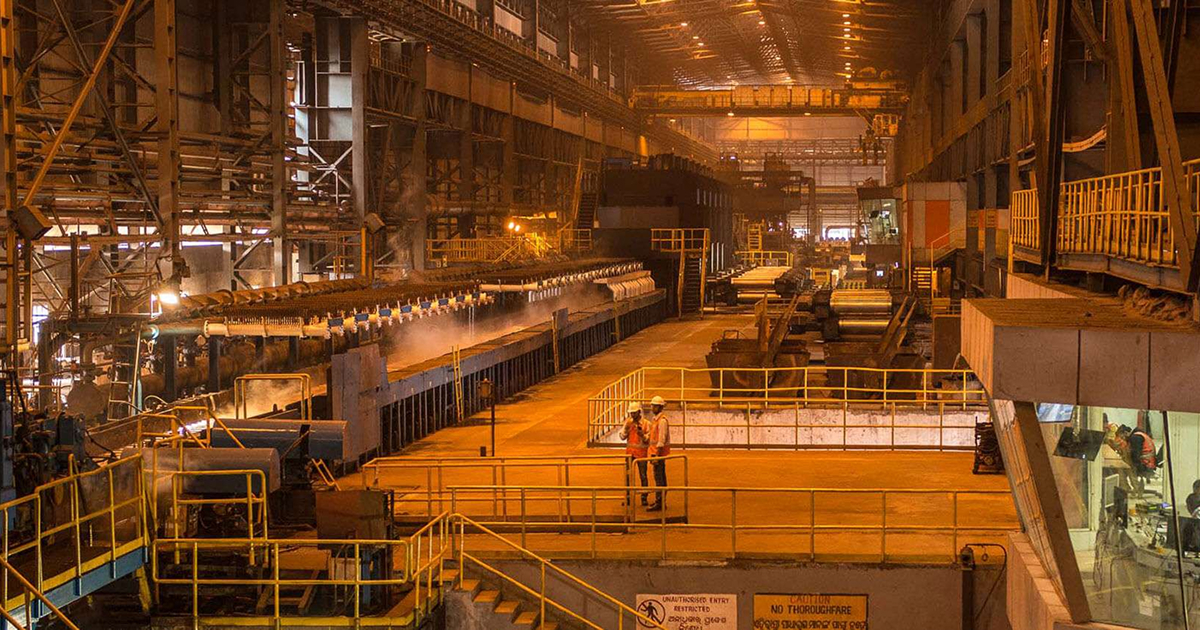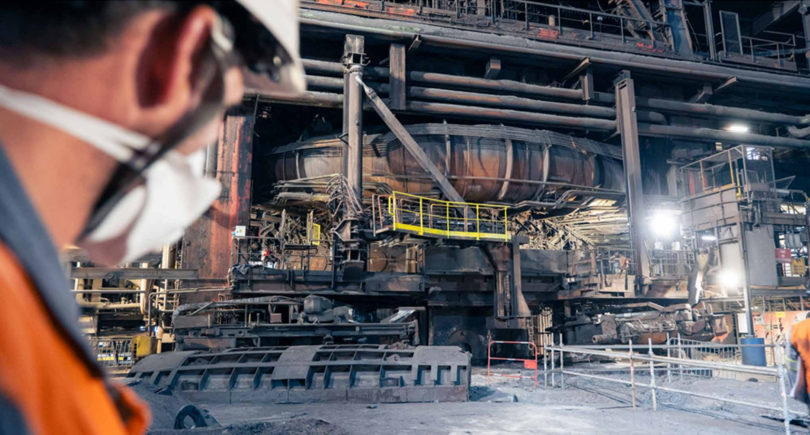
News Companies ArcelorMittal 2051 21 April 2025
The company aims to be the first in India to receive three stars in the new environmental classification of steel
ArcelorMittal Nippon Steel India (AMNS India) plans to ensure that 70% of its steel production meets the criteria of green steel by the 2026-2027 financial year, when the new Green Steel Taxonomy environmental classification comes into effect in India. The company is on track to become the first integrated producer to receive three stars under the system, the press release said.
The Green Steel Taxonomy, introduced by the Indian Ministry of Steel in December 2024, sets clear environmental requirements for steel producers: emissions should not exceed 2.2 tons of CO2 per ton of finished steel. Companies that meet or exceed these standards will receive a star rating.
AMNS India has already achieved an emissions intensity of 2.17 tons of CO2/t of steel, which is 14% lower than the national average. By 2030, the company plans to reduce this figure to 1.8 tons of CO2/t.
“As India moves towards decarbonization and aims to achieve zero emissions by 2070, it is the first country in the world to introduce an environmental classification for green steel. This landmark initiative provides a clear roadmap for the steel industry to move towards sustainable practices. AM/NS India fully supports this vision, and the steps we have taken ensure that we will be ready when the classification comes into effect,” said Dilip Ummen, CEO of AM/NS India.
The company is already using 65% of its capacity in the low-carbon direct reduced iron (DRI) route with natural gas. In addition, the company is implementing a renewable energy project in Andhra Pradesh, expanding scrap recycling facilities in Maharashtra, and introducing digital and machine technologies to reduce energy and resource consumption.
As GMK Center reported earlier, AMNS India is building the world’s largest stand-alone integrated steel plant in Hazira, Gujarat. The plant will have a capacity to produce 24 million tons of steel per year and is expected to be completed by 2029.



